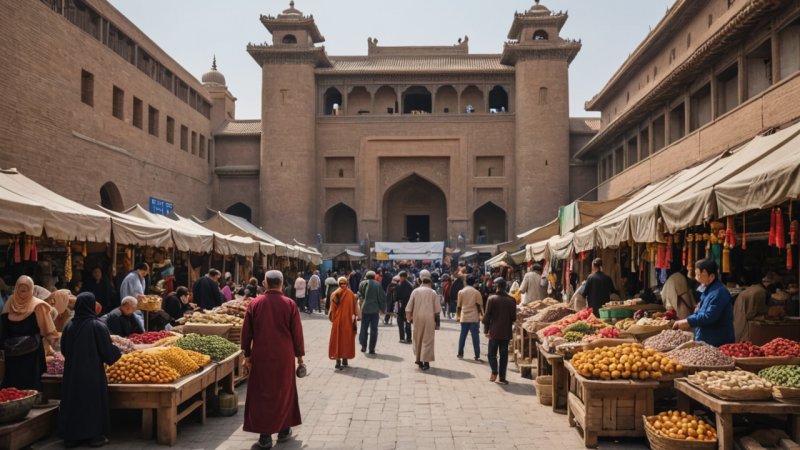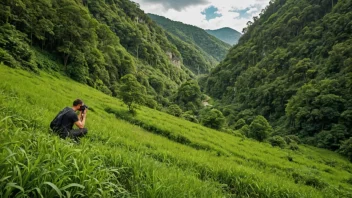The Silk Road, a network of trade routes that connected the East and West, is often celebrated for its role in commerce and cultural exchange. However, there’s much more to this ancient route than meets the eye. From its inception in the Han Dynasty to its decline in the 14th century, the Silk Road is steeped in untold stories that reveal the complexities of human connection, innovation, and resilience.
One of the key highlights of the Silk Road is its multicultural tapestry. Merchants, travelers, and scholars from diverse backgrounds traversed this route, sharing not only goods but also ideas, religions, and technologies. For example, the spread of Buddhism from India to China was facilitated by traders who journeyed along these paths, creating a cultural bridge that influenced countless lives. This exchange of ideas was not limited to religion; innovations such as papermaking and printing also traveled westward, changing the course of history.
Traveling the Silk Road today offers a unique experience that immerses visitors in its rich history. Key destinations include Xi'an, the eastern terminus of the Silk Road, where travelers can explore the Terracotta Army and ancient city walls. In Central Asia, cities like Samarkand and Bukhara boast stunning architecture and vibrant bazaars that echo the grandeur of their past. Each stop along the way reveals remnants of the Silk Road's legacy, from caravanserais to ancient manuscripts.
For those seeking a deeper understanding of the Silk Road, engaging with local cultures is essential. Many regions along the route celebrate their heritage through festivals that showcase traditional music, dance, and cuisine. The Navruz festival in Uzbekistan, for example, marks the Persian New Year and is celebrated with elaborate feasts and communal gatherings, offering visitors a taste of local customs and hospitality.
When planning a trip along the Silk Road, there are several travel tips to keep in mind. Firstly, consider the best times to visit; spring and autumn are ideal for avoiding extreme weather. Secondly, be prepared for varying levels of infrastructure; while some areas may have modern amenities, others may require a more adventurous spirit. Lastly, learning a few basic phrases in local languages can enhance interactions and foster connections with the people you meet.
In conclusion, the Silk Road is not just a historical trade route; it is a living testament to humanity's quest for connection and understanding. By exploring its untold stories and engaging with the cultures along the way, travelers can gain a deeper appreciation for the richness of our shared history. The tales of the Silk Road continue to inspire curiosity and adventure, beckoning those willing to uncover its hidden treasures.






